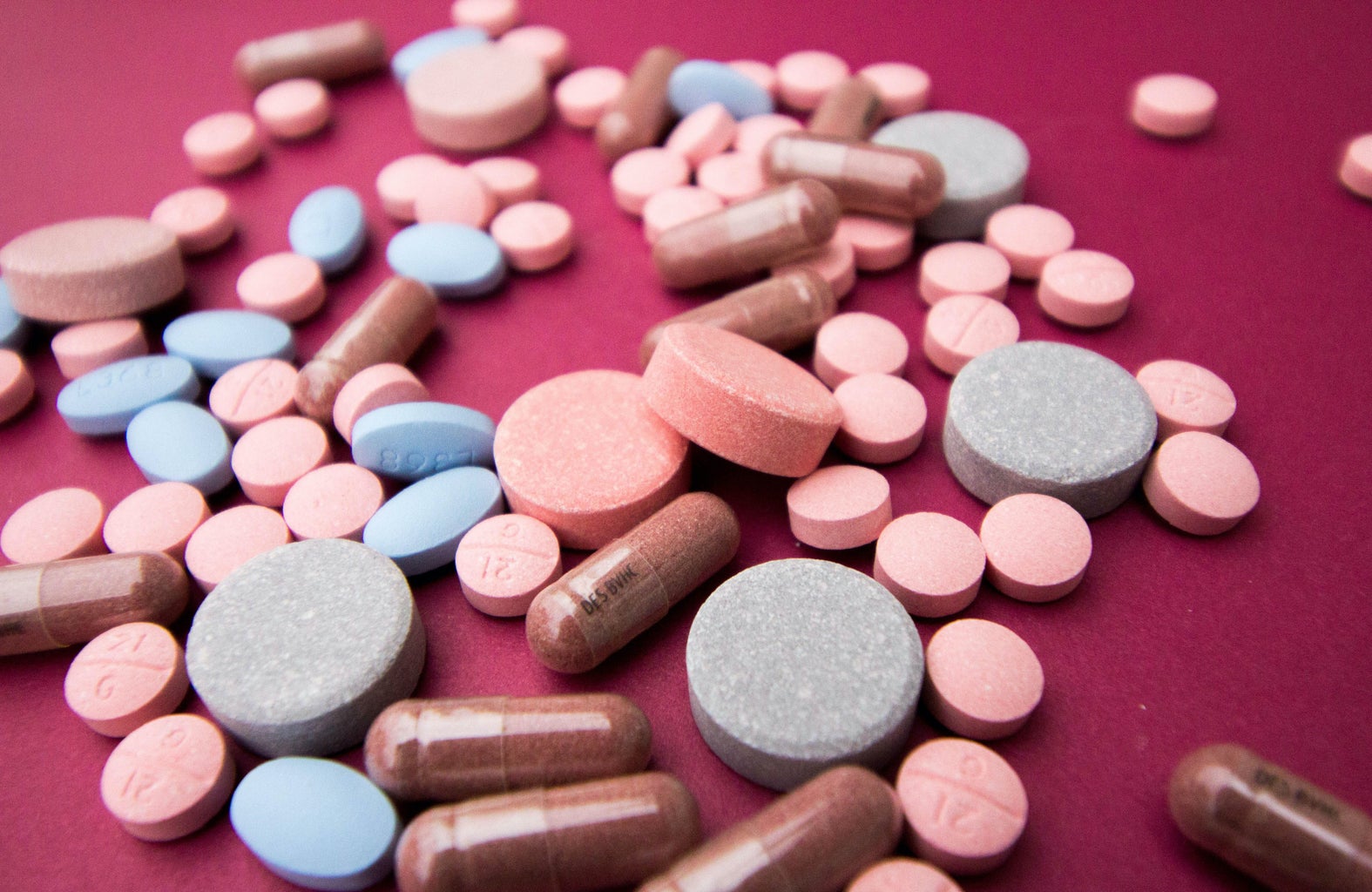Ninety-one Americans die daily from an opioid overdose and more than a thousand are treated daily in emergency departments for prescription opioid misuse.
The CDC reports over 932,000 people have died since 1999 from a drug overdose.
Overdose deaths involving opioids alone have increased from an estimated 70,029 in 2020 to 80,816 in 2021. This is exponential growth. These numbers are projected to increase in 2022 and in the years to come.
What is an Opioid?
According to Johns Hopkins Medicine, opioids are a class of analgesic (painkilling) drugs that alleviate pain and may produce a pleasurable effect on the brain and body. People use opioids for a multitude of reasons ranging from prescription pain relief to recreational use.
Prescription opioids include oxycodone, hydrocodone and morphine. Physicians will prescribe these medications for the maintenance of pain. Opioids do not cure pain.
Heroin is an illicit drug. There are no medical uses for it.
Fentanyl can be pharmaceutically or non-pharmaceutically manufactured. “Medicinal” fentanyl is prescribed to treat severe pain. Illegal fentanyl is most commonly mixed into other drugs, with the intention to produce a “high” in users.

What is an Opioid Overdose?
An opioid overdose occurs when a person takes a dose of opioids at such a high level it is toxic to the body. Opioid overdoses are life-threatening. Signs of an overdose are unresponsiveness, slowed respiratory rate, snoring sounds, cold and/or clammy skin and blue lips and/or fingernails.
If you think someone is overdosing:
- Try to wake them up
- Call 911
- Assist the person’s breathing
- Give Naloxone HCI (Narcan). More information on Naloxone HCI
- Stay with the person until help arrives
The opioid epidemic. How did we get here?
The opioid epidemic began over 20 years ago starting with the overprescribing of prescription opioids for pain management. When medical professionals realized the harm of overprescription they reduced opioid prescriptions. The drastic decrease in opioid prescriptions led to people turning towards illicit opioids such as heroin. Others turned to heroin for a more aggressive high than prescription opioids. Not only was heroin more readily available, but it is also stronger and cheaper than alternative prescription opioids. Present day we see an enormous increase in fentanyl use, mostly for the same reason people began using heroin, it’s cheaper and stronger.
Overdose deaths remain increasingly high due to the fact that non-pharmaceutical fentanyl is synthetically produced and oftentimes mixed with other drugs. Occasionally heroin and other drugs are “laced” or “cut” with fentanyl without the buyer even knowing. This mixing of drugs is what causes the high rate of overdose deaths.
Why?
Fentanyl is 50 times stronger than heroin and 100 times stronger than morphine; not only is it stronger, it is cheaper. Fentanyl is used to make illegally produced drugs stronger at a cheaper price. Unfortunately, it is a simple case of supply and demand.
What can you do?
Carry Narcan.
Talk to your provider before taking prescription opioid pills. Prescription opioids are not the only option for pain management.
Utilize fentanyl test strips. Learn about fentanyl test strips here.
Use opioids safely: Initiatives such as Never Use Alone.
Initiate responsible disposal of opioid medication. Learn how to dispose of prescription opioids.
Bring awareness to friends and family.
If you or someone you know is seeking help for substance use, call the SAMHSA National Helpline at 1-800-662-HELP(4357).


